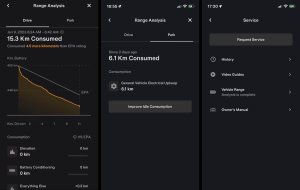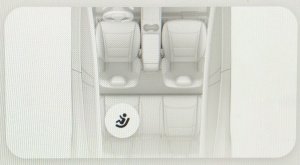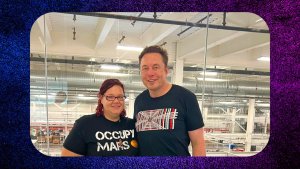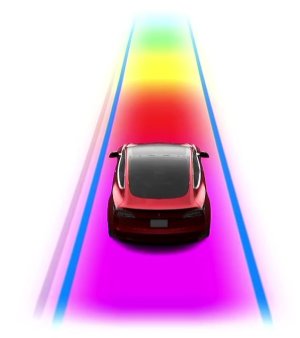Tesla VP Confirms Model S & Model X Refresh Later This Year

In the latest episode of the Ride the Lightning podcast, Tesla’s VP of Engineering, Lars Moravy, addressed a question that’s been on everyone’s mind—what’s going on with the Model S and Model X?
It turns out Tesla’s engineering and design teams have been thinking about the same thing. They’ve heard the calls for a refresh loud and clear, and changes are on the way to Tesla’s flagship vehicles.
Most importantly, Lars put the rumors to rest—Tesla has no plans to discontinue the Model S and Model X. Not only are they here to stay, but a refresh is also in the works.
Just give it a minute, we’ll get there - Lars Moravy
Refreshed Flagships
According to Lars, the Model S and Model X will finally be getting some attention—but not until later this year. For now, Tesla’s top priority is launching its more affordable next-generation vehicle ahead of Q2 2025.
Still, a refresh is on the way, and many of the upgrades seen in the Model 3 and Model Y refreshes are expected to make their way to Tesla’s flagship vehicles. There’s a lot to break down from that simple statement, so let’s dive into what’s likely coming—and what we’re hopeful to see.
Interior Updates
Both flagship vehicles are expected to receive a Cybertruck-inspired update—though not in the form of sharp angles and stainless steel. Instead, Tesla, we may see many Cybertruck features move over to the Model S and Model X. We may see things like the removal of the driver’s gauge cluster display in favor of a larger center screen, similar to the Cybertruck’s design. Unlike the Model 3 and Model Y refreshes, this screen won’t tilt, simplifying production and increasing part-sharing across the Model S, Model X, and Cybertruck.
These changes streamline Tesla’s supply chain while also making the vehicles easier to repair and service. However, it’s not all about cutting features. Last year, rumors suggested the Model S and Model X would receive a mid-cycle interior refresh, including ambient lighting—now a standard feature across Tesla’s lineup. This subtle yet elegant lighting improves the cabin’s aesthetics without being overly bright or distracting.
Another major update will likely be the transition to a 48V low-voltage electrical system, a move Tesla has already made with the Cybertruck. Tesla recently announced that a lot of the Cybertruck’s tech, such as this 48V LV system, its 800-volt HV architecture, bi-directional charging, and more are coming to future Tesla vehicles.
This upgrade could also bring support for steer-by-wire to the Model S/X, which would greatly improve the usability of the yoke steering wheel.
Exterior Updates
When it comes to exterior changes, we’re a little less sure of what to expect. A complete body makeover is very unlikely, but we could see updates to the front and rear fascias like we’re seeing with the new Model Y. We hope Tesla preserves the iconic design of the Model S. Its sleek, aggressive profile has a broad appeal—even among muscle car enthusiasts who appreciate its sharp lines and commanding presence.
For the Model X, Tesla might follow a similar strategy to the Model Y refresh, further differentiating it from the Model S. We could also see the introduction of a light or rear light bar like we’ve seen recently with the Cybertruck, new Model Y, and the Cybercab. Tesla has really perfected its grill-less look with recent models and we may see that carry over to the revamped Model S and Model X as well.
FSD Hardware Changes
The timing of the refreshed Model S and Model X could overlap with the launch of Tesla’s next-gen FSD hardware, AI5. While this would be unexpected—given that Tesla has yet to fully utilize AI4—it could align with Musk’s June 2024 statement that AI5 would be available in about 18 months. Afterall, the Cybercab will include AI5 when it hits production this summer.
Additionally, like the recently refreshed Model Y, the Model S and Model X have long been rumored to receive a front bumper camera, and this update will likely bring it. In turn, Tesla may remove the HD radar that has been shipping—albeit disabled—with every Model S and Model X. While the radar appeared to be included for data collection purposes, Tesla never fully committed to integrating it into its autonomy stack.
Drivetrain and Battery
The Model S and Model X still use a relatively outdated air suspension system. If you own one, you’re probably familiar with the issue: the camber (angle of the wheels) changes depending on the vehicle’s height, which increases wear on the inner or outer edges of the tires. Combined with the vehicles’ immense acceleration, this can lead to increased tire wear.
With the Cybertruck’s updated air suspension, this is considerably less of an issue due to how the new suspension functions. It would make sense for Tesla to integrate similar improvements, along with other updates to improve handling, much like the changes made to the refreshed Model 3 Performance. Track Mode V3 would also be a welcome addition to both Plaid models.
Additionally, adopting the Cybertruck’s 800V high-voltage architecture could enable the new Model S and Model X to charge faster, potentially reaching the 500kW speeds the Cybertruck will soon support at V4 Superchargers.
New Production Lines
There’s also another interesting tidbit circulating from stock analyst M44_1RJ. It’s rumored that the Model S and Model X production lines, known internally as the GA1 lines at Fremont, are undergoing upgrades. These improvements are likely part of Tesla’s preparations for the upcoming refreshed versions of these vehicles.
We’re eager to see what Tesla has in store for the refreshed Model S and Model X. While we could see completely new features added to these flagship vehicles, we’re more likely to see some of the Cybertruck improvements carry over.
There’s even hope that the Plaid+ variant will make a return to the Model S, providing a sleek and worthy competitor to the Lucid Air Sapphire and other electric hypercars making waves on tracks worldwide.
It seems Tesla has something big in the works, but it’s probably at least six months away. We can expect more tangible updates to surface around late summer, likely after the launch of the Cybercab and Tesla’s more affordable model.














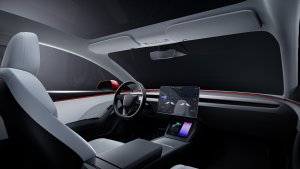
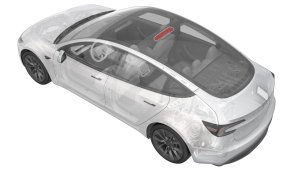
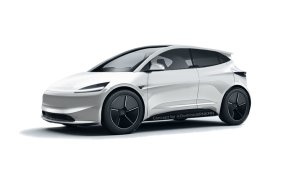
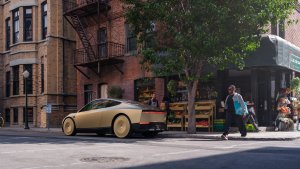
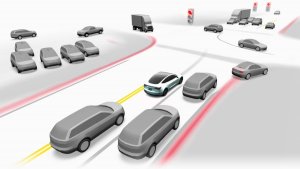
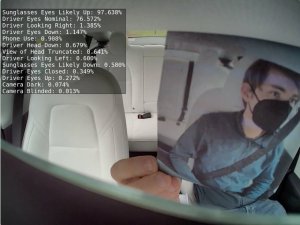


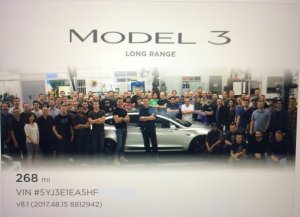
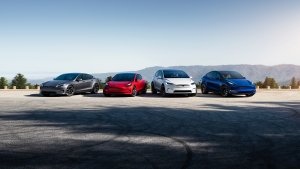
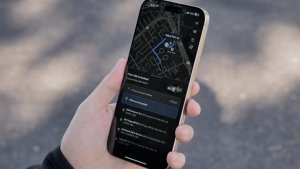
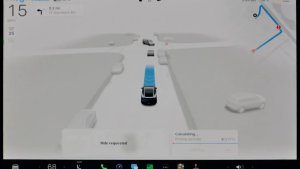
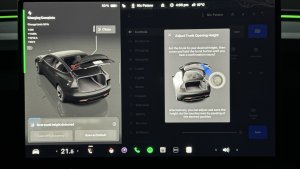
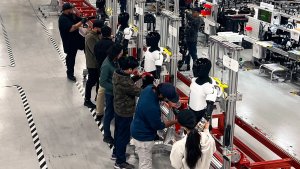
![Tesla's 2025 Q1 Earnings Call: How to Listen [Listen to Replay]](https://www.notateslaapp.com/img/containers/article_images/multiple-models/group_81.jpg/b2695a53b51e4c7927802deba2534b09/group_81.jpg)
